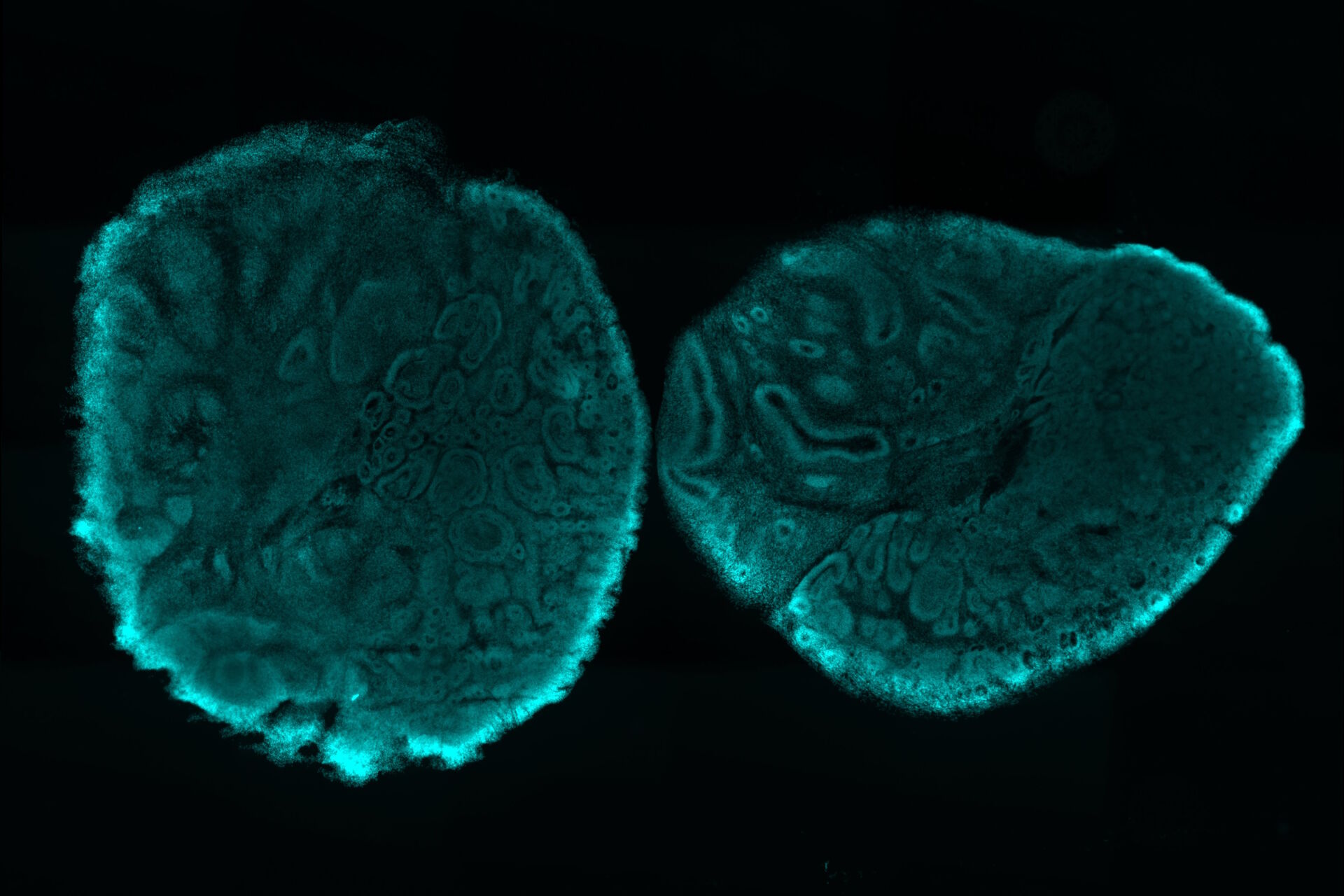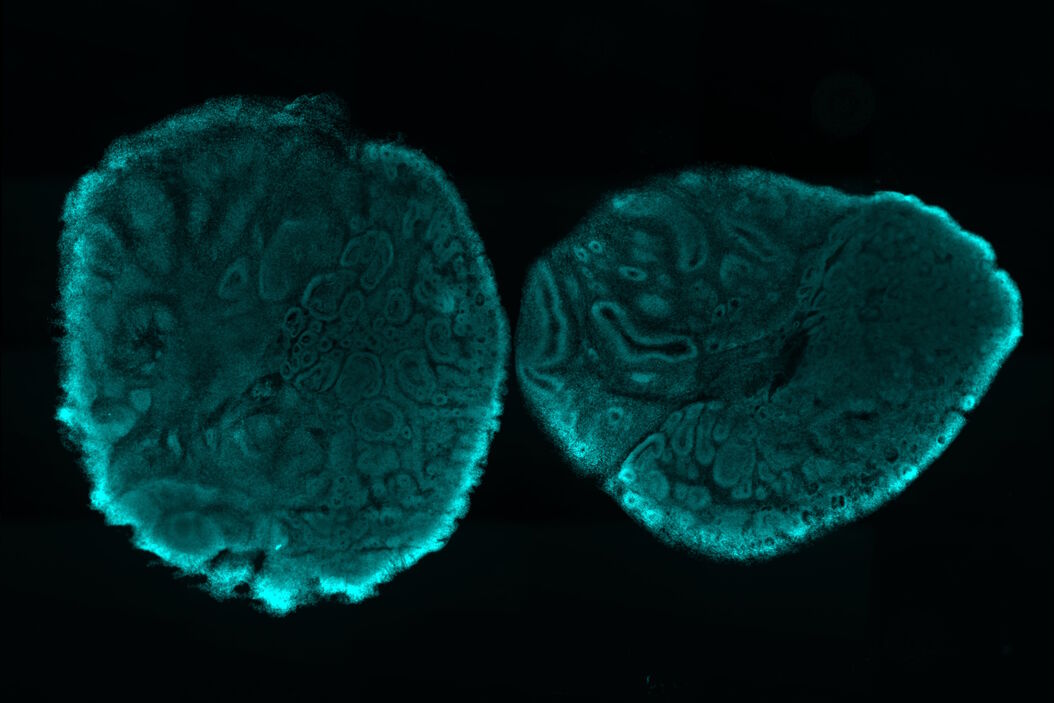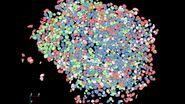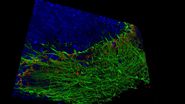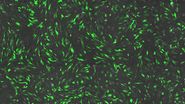Investigate functional human microglia phenotypes under physiological and pathological conditions
Professor Simon T. Schäfer's research focuses on advancing novel stem cell-based technologies to generate three-dimensional (3D) models that recapitulate the structural and functional organization of the human brain. His lab leverages these technologies to push the boundaries of personalized research on human-specific brain disorders and to identify strategies for facilitating brain repair.
Microglia are specialized brain-resident immune cells that play many crucial roles in brain development, homeostasis, and disease, and they can help to protect against diseases such as Alzheimer’s. However, under the wrong conditions, they have the potential to contribute to disease themselves, and have been linked to disorders such as autism and schizophrenia.
Gaining a deeper understanding of the form and behaviour of microglia under different conditions is key to discovering more about their roles in disease. Until now, the ability to model interactions between the human brain environment and microglia has been severely limited. However, this is changing with recent exciting research coming out of TUM.
In this webinar, Simon presents expert insights into how a novel organoid model enables his group to investigate functional human microglia phenotypes under physiological and pathological conditions—which is a critical next step for modeling human brain environment-dependent microglia phenotypes in health and disease.
The increasing use of organoid technology is having a profound influence on life science research, making it possible to model interactions, such as those between the human brain and its microenvironment, that would previously have been difficult to examine. Watch this webinar to discover the exciting possiblites of organoid models for pushing the boundaries of brain science!
